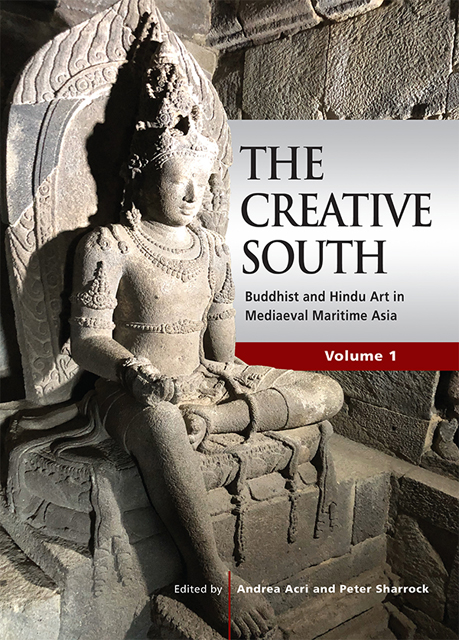6 - Dancers, Musicians, Ascetics, and Priests: Performance-based Śaiva Worship and its Development in the Temple Cults of Angkor
Published online by Cambridge University Press: 01 September 2023
Summary
Introduction
Śaivism was the dominant Indic religious tradition in the ancient Khmer domains in the early mediaeval period (ca. 7th–13th century CE). The ideologies and ritual practices of its various currents, from the Atimārga or Pāśupata Śaivism (flourished ca. 3rd–8th century) to the Mantramārga or tantric Śaivism (flourished ca. 7th–13th century), inspired the extant corpus of Sanskrit and Old Khmer inscriptions as well as the regions’ temple architecture.
The Pāśupata movement was one of the earliest organized and widely distributed ascetic orders of Śaivism. The Brahmins of this sect left significant traces of their presence across the subcontinent and also secured a prominent position in the ancient Khmer, Cam, and Javanese domains. One of their most characteristic traits was the incorporation of song and dance into observance (vrata), both within and without temples. The key text Pāśupatasūtra indicates that the initial systematic inclusion of song and dance in ascetic observance can be traced to the Pāñcārthika tradition, whose earliest textual sources date back to ca. 4th or 5th centuries CE. An association with performance may also be detected among the various sub-traditions that sprung up within the Pāśupata fold, including the Lākulas and the Kāpālikas/Kālamukhas, as well as the elusive ‘Siddhas’, who appear to have taken up some of the antinomian behaviours of the Pāśupatas.
While the Pāñcārthika Pāśupata system was characterized by an ascetic character, early references to this sect in the epigraphical records document endowments for temples, and ‘refer to Pāśupatas as recipients for the performance of worship in the temples’ (Bisschop 2010: 485). It has, thus, become increasingly clear that, fairly soon in the history of the order, some Pāśupatas started to perform temple rituals, thereby obtaining royal support. The performing arts, including singing and dancing, seem to have played a role in their modes of worship. These may then have been carried forward and further developed by the Mantramārga throughout the mediaeval period in Śaiva temples and monasteries in both the Indian subcontinent and Southeast Asia.
This chapter documents and re-examines the Śaiva ritual practices enjoining performance in the mediaeval Khmer domains. It combines data mined from the Śaiva textual archive in Sanskrit and vernacular languages with hitherto neglected art historical material from the ancient Khmer domains, as well as insights from Campā, Java, and South India.
- Type
- Chapter
- Information
- The Creative SouthBuddhist and Hindu Art in Mediaeval Maritime Asia, pp. 192 - 221Publisher: ISEAS–Yusof Ishak InstituteFirst published in: 2023



